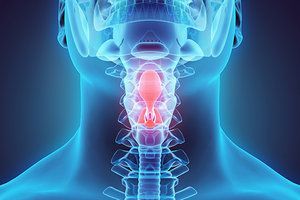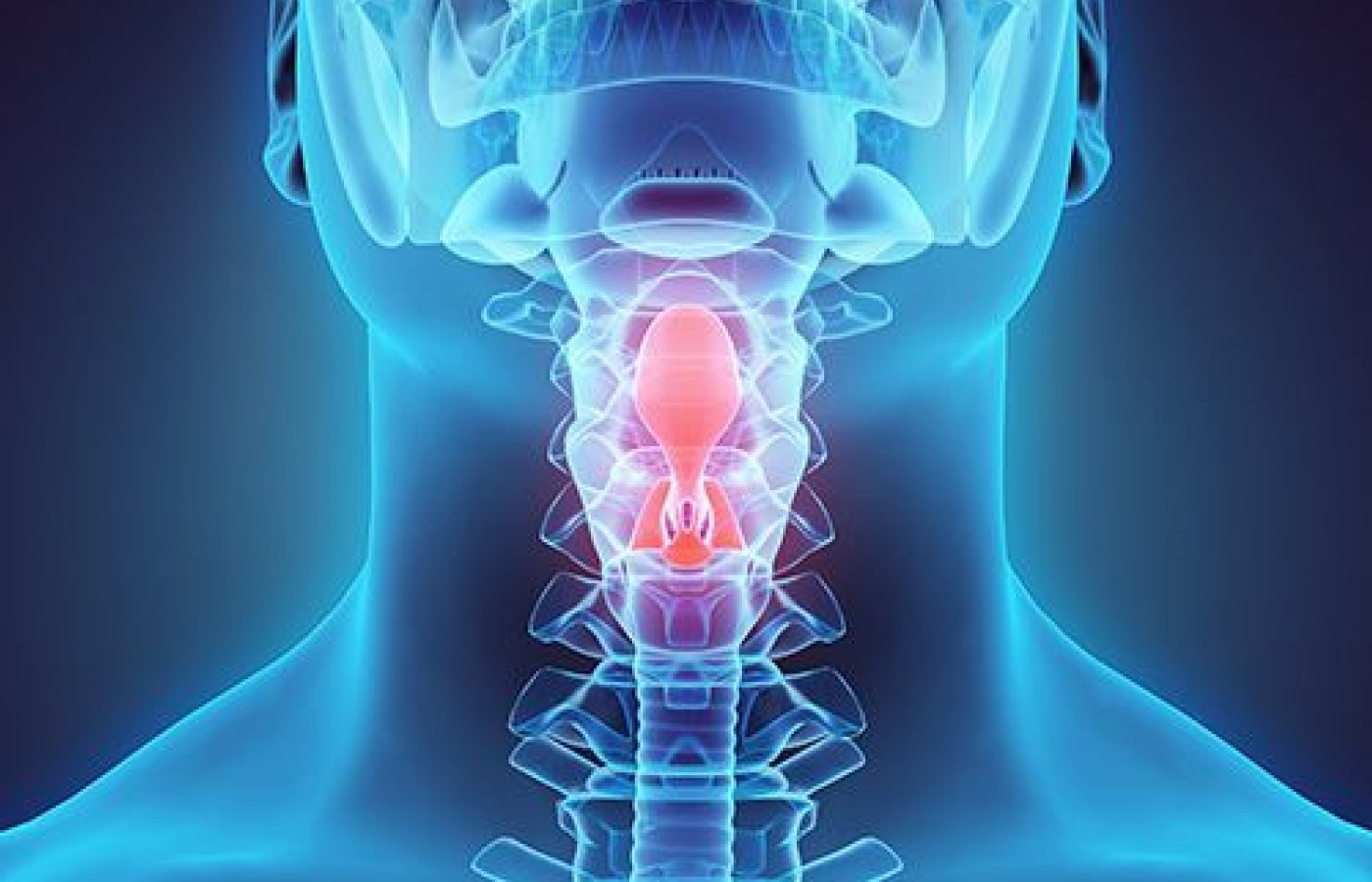Whether you accept it, avoid it or live somewhere in between, insurance coverage has become a defining issue for our profession. Patients increasingly expect to use their benefits, practitioners want to be compensated fairly for their time and expertise, and the system itself remains – at best – fragmented. The encouraging news is that coverage has expanded in meaningful ways. The challenging news is that reimbursement, across the board, remains inadequate.
Mixing Ancient & Contemporary Knowledge to Treat Dysphagia
Chinese scalp acupuncture is a contemporary technique with only 45 years of clinical use in China and even less here in the West.1 It integrates traditional Chinese needling methods with Western medical knowledge of the cerebral cortex and has been proven to be the most effective technique for treating dysphagia, dysarthria, and other central nervous system disorders.2
Dysphagia is a progressive disease of the central nervous system affecting half a million people in the Americas and 1.3 million people worldwide. Currently, conventional treatments do not offer a cure for dysphagia.
The Accident
Kathleen (KS), a 58 year-old female presented at the clinic two months after a motor vehicle accident, which left her unable to speak or swallow.
According to her family, she had been taking an over-the-counter sleep aid for several days and fell aslseep at the wheel. On June 28, 2015 when driving home from a birthday party (in her honor) she ran her car off the road.
KS was not found until early the next morning when her vehicle was spotted rolled over on its side. She was unconscious and suspended upside down by her seatbelt. County EMS rushed her to the emergency department where doctors reported her case as a "six" on the Glasgow Coma Scale.
Doctors' Notes

Her records detail a teardrop fracture of the anterior portion of the lower part of the vertebral body of C2 with no other sign of acute intracranial injury. However there was ligamentous injury posteriorly and injury through the facet joints.
A definitive cord contusion was ruled out. Surgical intervention was ruled out as the fracture was stable and no alignment problems of her cervical spine were observed. She had four rib fractures bilaterally with hepatic injury.
Upon return to consciousness over 24 hours later, KS had obvious signs of dysphagia, dysphonia and dysarthria and injury to the left brachial plexus resulting in palsy of the left upper extremity.
While hospitalized she recevied a bedside laryngoscopy (throat exam), which revealed a partial weakness of the right true vocal cords with inadequate compensation from the left true vocal cords.
However, it was noted that there was no significant laryngeal trauma. There was concern for possible brain stem injury, given the nature of the cervical spine injury, but further evaluation revealed no injury to the brain stem.
KS's symptoms of dysphonia and dysphagia, however, did prompt her doctors in the hospital to consider possible damage to a series of cranial nerve rootlets originating at the caudal brain stem responsible for swallowing and speech. These cranial nerves include the glossopharyngeal (CN IX), the vagus (X) and hypoglossal (CN XII) nerves.
Clinic Evaluation
When KS presented at our clinic August 23, nearly two months after the accident, her speech was congested and unclear. She still could not swallow, she wore a PEG tube for nourishment, and her left arm remained paralyzed.
Clinical evaluation revealed that her extraocular movements were intact. The left side of her face showed weakness of the left facial nerve (CN VII). In addition, KS had weak extrusion of her tongue (CN XII) and no gag reflex (CNX).
A TCM differentiation of patterns revealed a red tongue with a thin white coat and a pulse that was thin and wiry. Though her sleep was good, she tired easily. Her bowel and urinary habits were unremarkable.
KS felt no pain or other uncomfortable sensation while five needles were inserted into her scalp. During the first scalp acupuncture treatment KS was able to raise her formerly paralyzed left arm above her head. She tried to say some words that sounded more understandable than before.
Initial Results
When she returned to the clinic the following week her left facial paralysis was remarkably better. Already her speech was clearer and she reported that she was breathing deeper. She was sleeping better and the tingling in her left upper arm was improving.
The percutaneous endoscopic gastrostomy tube had been removed the previous Wednesday, the day following her first treatment. She then demonstrated with a cup of water that she could now drink without difficulty. She was eating and drinking normally again.
After the fifth treatment KS was able eat any kind of food without difficulty. Her left arm became stronger and she could use her left hand to pick up some light-weight objects. She was able to speak almost like a normal person but her voice was somewhat hoarse.
After the tenth scalp acupuncture treatment, she visited her second-grade students. Many of the students cried with happiness when they heard their teacher speaking to them again. The treatment with KS continued once a week for 14 weeks.
Her left arm palsy improved to the point of full range of motion and strength. She regained the ability to swallow and it did not regress. Though her voice remained hoarse, her speech continued to improve.
By her last appointment on February 25th (8 months after the accident, and six months of treatment), her tongue was slightly red with a thin white coating and her pulse was soft. She began her return to teaching for the remainder of the Spring semester, working only twice a week for two hours each day. Since then she has returned to work full time.
Study Findings
This case report shows that scalp acupuncture seems to be a more effective modality in bringing about quicker improvement to a patient with dysphagia, compared to other acupuncture modalities such as acupuncture on the ear, body, and hand.
Scalp acupuncture offers a strong rehabilitation tool for dysphagia, aphasia, and paralysis. Most patients show some improvement after three treatments and some of them appear better right way in our clinic.
The scalp acupuncture formula used for treating KS's condition was based on Jiao Shunfa's scalp acupuncture technique. Speech I Area and "Zhiqiang (stop dysphagia)" point, a new extra point for dysphagia, located one inch below GB-20 (Feng Chi), was needled to address the dysphagia as well as the facial palsy.
The Middle 2/5 Motor Area was needled contra-laterally on the right side of KS's scalp to treat the palsy of her left arm. The needles were manually stimulated by rotating the needles 200 revolutions a minute for two minutes then repeated every 10 minutes for 30-40 minutes.
Traditionally, acupuncture is used to regulate the autonomic nervous system by affecting specific activities of the brain.3 In the case of KS, we stimulated the areas of the brain associated with the motor functions of the face and the muscles responsible for swallowing and speech.
In doing so we were able to encourage the central nervous system to motivate these peripheral motor pathways.4 This may be the mechanism by which scalp acupuncture is successful in treating dysphagia.
References
- Shun-fa Jiao. Head Acupuncture. Beijing: Foreign Languages Press, 1993; pp.17–22.
- Hao JJ, Hao LL. Chinese Scalp Acupuncture. Boulder: Blue Poppy Press, 2011; 96.
- Qian-Qian Li, et al. "Acupuncture Effect and Central Autonomic Regulation." Evidence-Based Complementary and Alt Med; April 2013.
- Fleck H. "Acupuncture and Neurophysiology." Bulletin of New York Academy of Med, Sept 1975, 51 (8): 903-913.



